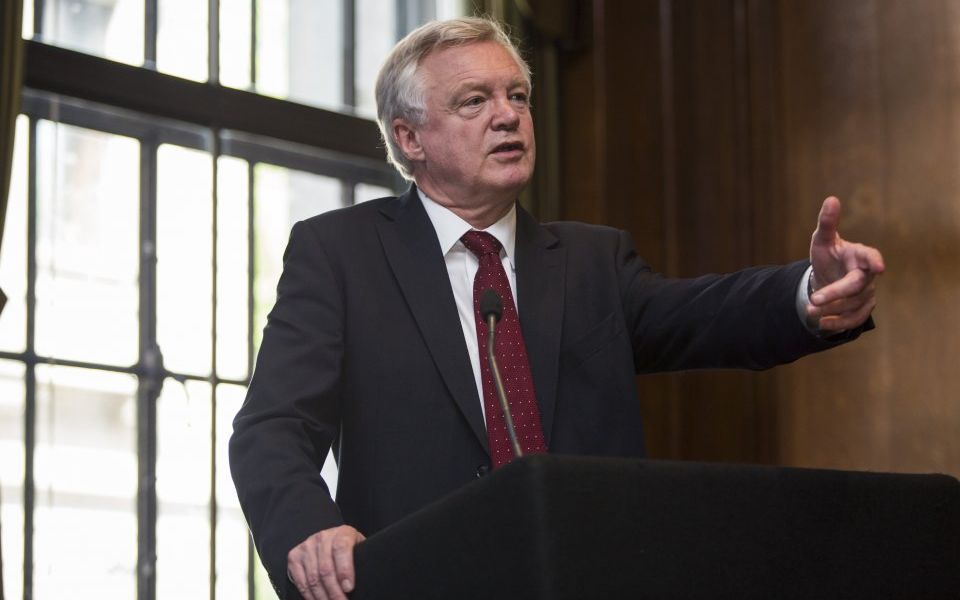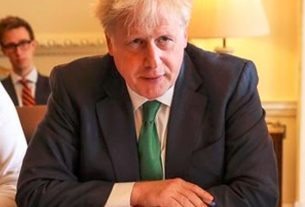New Government proposals to redraw constituency boundaries for the House of Commons would have given the Conservatives a comfortable majority at the last election.
The number of seats would fall from 650 to 600 under the plans, with the constituencies of some leading MPs disappearing.
The proposed new-look constituency map is an attempt to even out population levels, the Government says.
But with so many MPs’ seats being placed in jeopardy as a result, the move has drawn sharp criticism from both Labour and Conservatives.
Labour’s shadow Cabinet Office minister Cat Smith said the boundary review is a thinly disguised and ‘undemocratic’ power grab.
She added: “With no plans to reduce the number of ministers, the government is weakening the role of parliament and creating unprecedented levels of executive dominance at the expense of backbenchers.
The plans were submitted by the boundary commissions for England, Scotland, Wales and Northern Ireland.
They proposed that the number of English seats would fall from 533 to 510, Scotland’s from 59 to 53, Wales from 40 to 29 and Northern Ireland from 19 to 18.
Seats at risk would include those of pro-Brexit Tory MPs Boris Johnson and David Davis, who represent Uxbridge and South Ruislip and Haltemprice and Howden respectively.
Jeremy Corbyn’s Islington North seat could vanish, to become part of a new constituency comprising part of Shadow Home Secretary Dianne Abbott’s Hackney constituency.
Minister for the Constitution Chloe Smith ruled out any vote on the plans before Christmas, although they will have to be approved by the Commons and the Lords.
University of Plymouth academics estimate that the new boundaries would have given the Conservatives an overall majority of 16 in last year’s election, with the Tories winning 10 fewer seats than previously and Labour 30 fewer.
Sam Hartley, secretary to The Boundary Commission for England, said: “We’re confident that the map we propose today is the best match of the legal rules parliament has set us. It’s now up to parliament to decide whether these boundaries will be used at the next election.”
The boundary review was initiated in 2011 with the objective of creating constituencies with more equal populations. In England, these range at present from 55,000 voters to 95,000.




